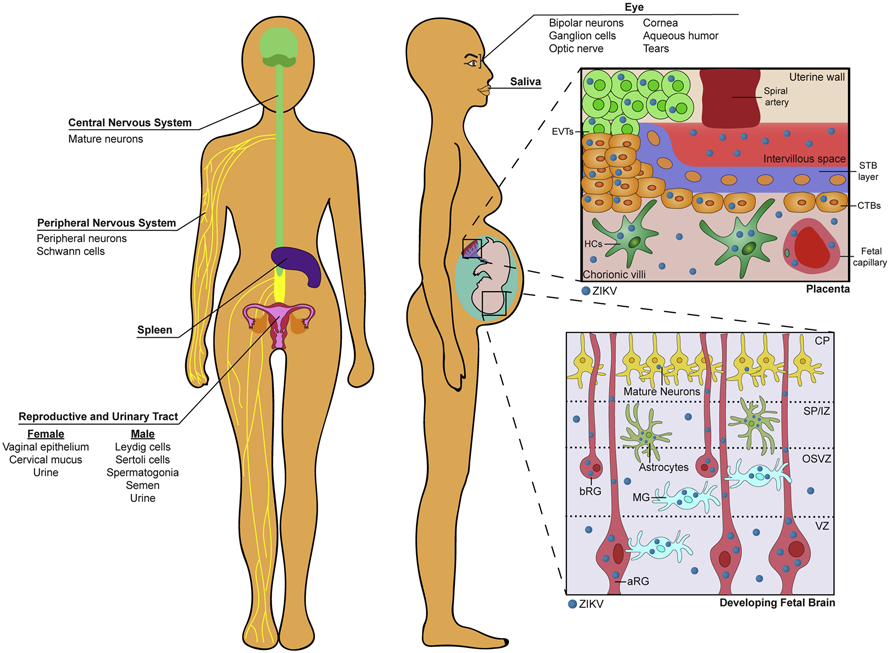Figure 1. Sites of viral tropism during ZIKV infection.
Human and mouse studies have identified ZIKV infection of mature neurons of the adult brain as well as peripheral neurons and myelinating Schwann cells of the peripheral nervous system. ZIKV can also infect primary human cortical samples within numerous cells types of the developing fetal brain: in the apical radial glia (aRG) progenitor cells of the ventricular zone (VZ); microglia (MG), astrocytes, and basal radial glia (bRG) of the outer subventricular zone (OSVZ) and subcortical plate (SP). Limited ZIKV infection has also been detected in mature neurons of the cortical plate (CP). ZIKV can also be detected in the vaginal epithelium and cervical mucus. Notably, ZIKV infection of the placenta was found in invading villous trophoblasts, cytotrophoblasts, Hofbauer cells, and fetal endothelial cells in human placental cell culture and ex vivo chorionic villous explant studies. ZIKV was also found in Leydig cells and Sertoli cells of the male gonads as well as spermatogonia and semen in male subjects. ZIKV has been detected within the urine and saliva of non-human primates and humans. ZIKV also infects the retinal (bipolar neurons, ganglion cells, optic nerve) structures of the eye in mice and was found in the aqueous humor and tears in humans. ZIKV infection has also been identified within the spleen.

